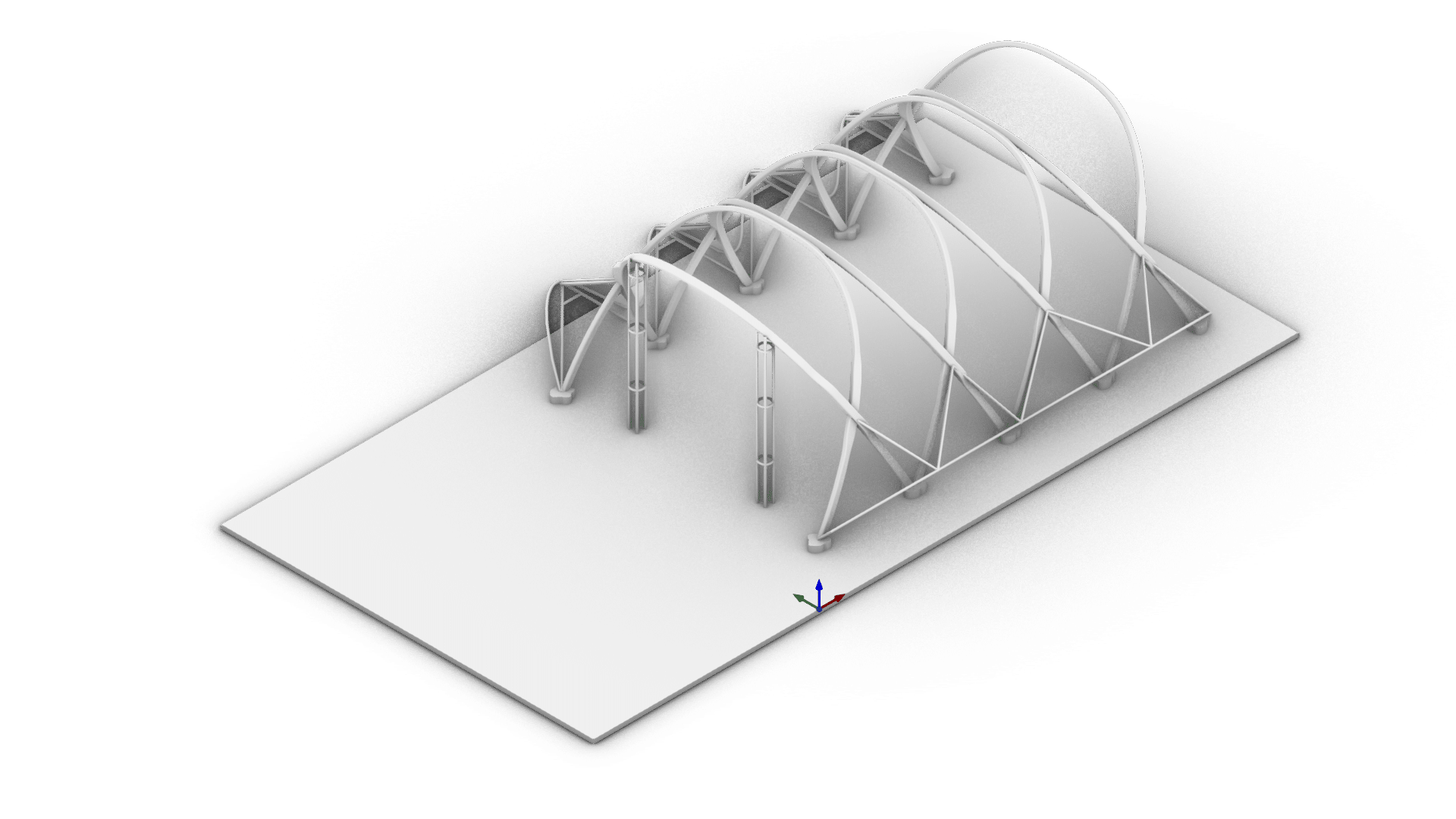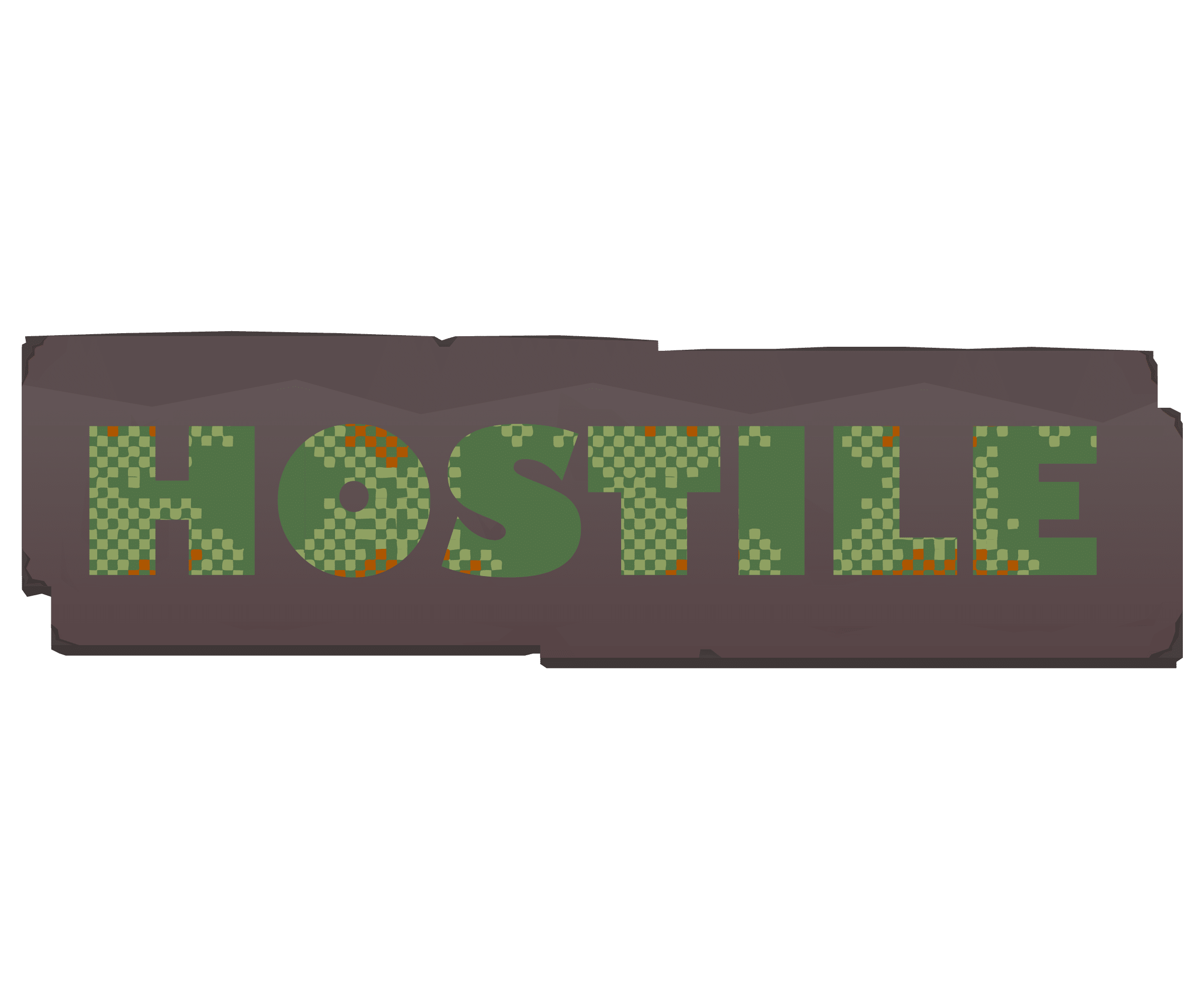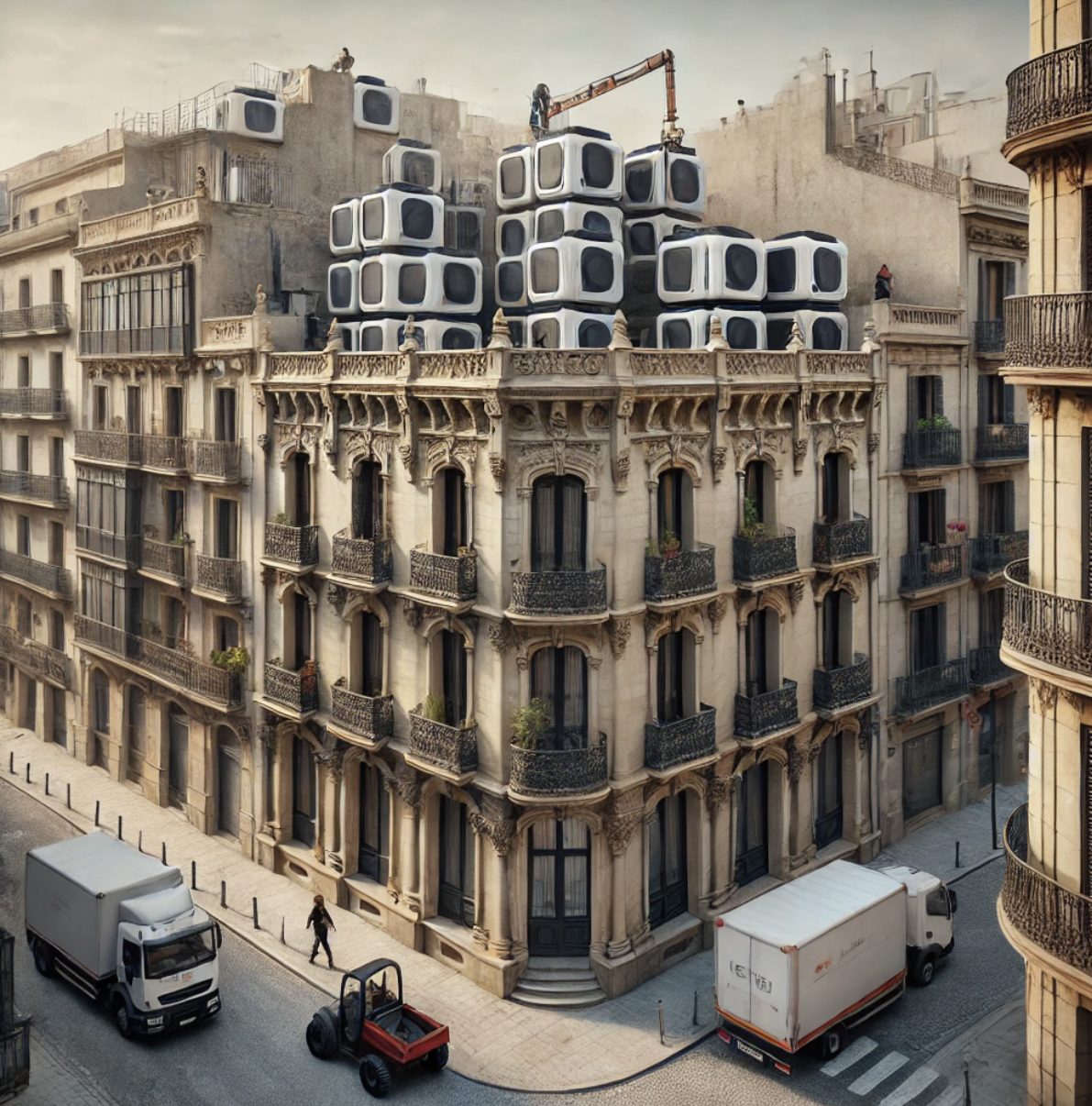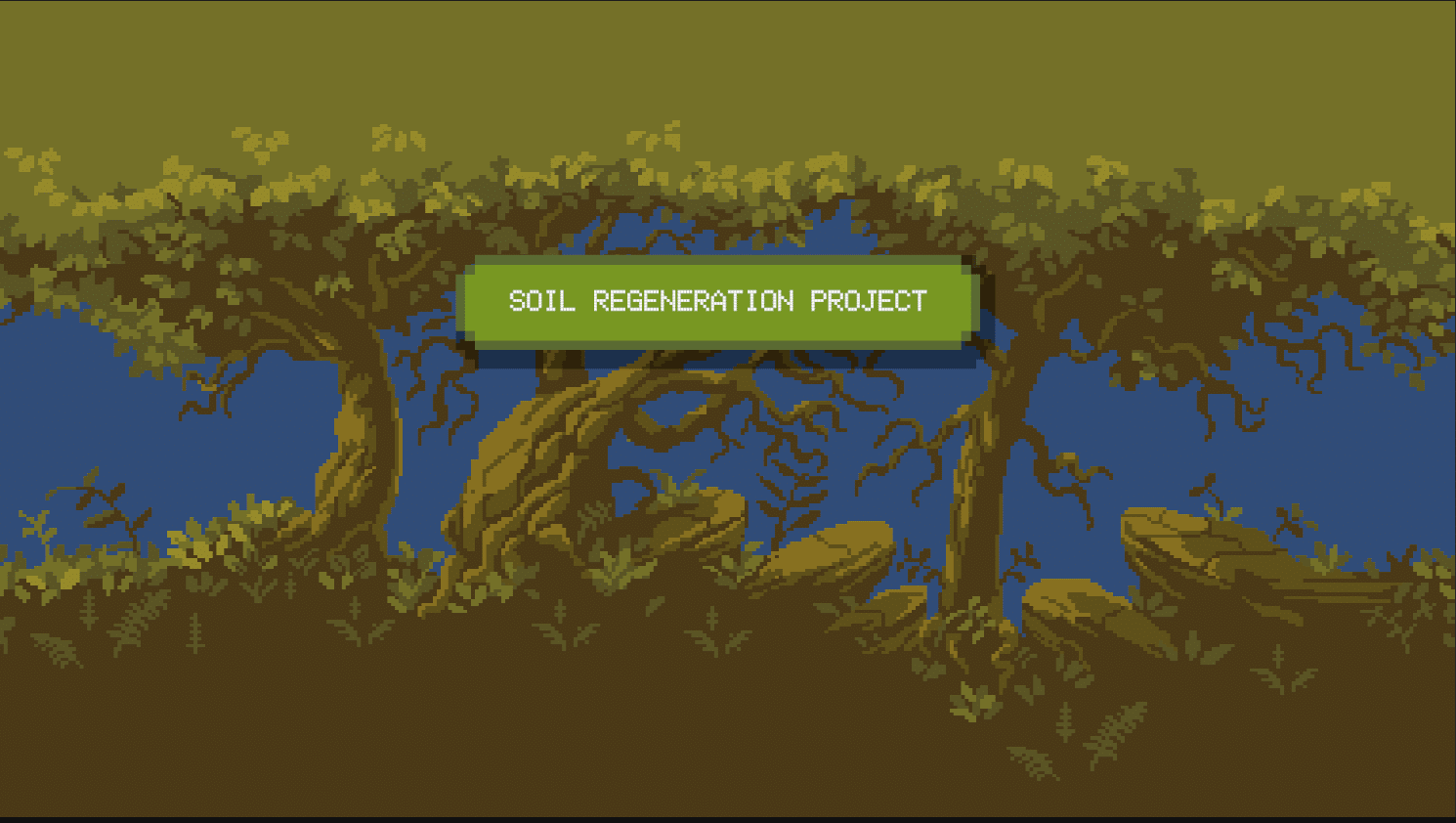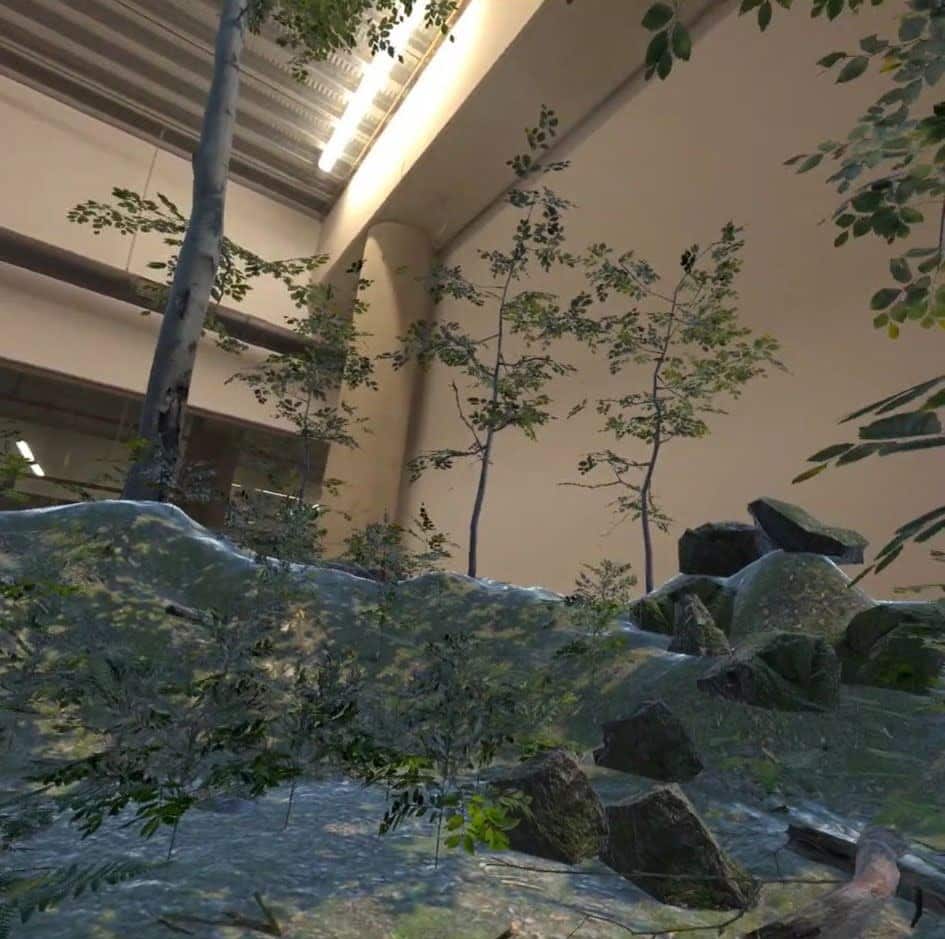
Credits: student project Neuro-Sensitive Spatial Biophilia by Asja Osmanovic in reMixed Reality seminar MAA02 2023-2024, IAAC
In the context of ever-expanding digitalization, our profession has been fluid and has been incorporating various techniques and tools to both respond to the challenges and leverage new possibilities these shifts imply. We are now capable of exploring and reaching geometries that were impossible or impractical to describe manually, simulating more and more aspects of reality to minimize errors or biases of our subjective thinking, incorporating intelligence and user customizability in all stages of design and urban development, or achieve mass customization in fabrication with less effort and on bigger scales. In this era of black-box one-size-fits-all computational tools, the design process often falls back to translating abstract complex creative ideas into fixed languages these tools provide with subsequent limitations and constraints. With this we are facing a twofold challenge: we need more and more capable tools to allow us to match our expressiveness and we have to communicate more and more intricate logic that goes into our decision-making.

Credits: student project AR TOKYO by Naohiro Miyaguchi in reMixed Reality seminar MACT02, 2023-2024, IAAC
In the seminar, students are invited to explore the workflows and mindsets for creating their custom solutions and interfaces to fit specific design contexts. In this regard, Mixed Reality (MR) – a spectrum of technologies in telecommunication, creates a unique potential in architecture, urbanism, and design, as it allows us to both leverage the intuitiveness and spatiality of the physical space and the flexibility in time, scale, and interaction of digital layers we can introduce to it. From visualization to additional information communication, from assistance in fabrication to post-deployment management, from utility to gamification, – MR can expand the creative possibilities by leveraging computational power already available to us in the ubiquitous devices we have around us, but for productive purposes. Students are invited to take their thesis projects as a base and develop bespoke tools with Unity Engine, extended with Object Oriented Programming (OOP) via C#. In the process, we will touch upon considerations of User Experience (UX) allowing us to tap into nonlinear communication strategies through User Interfaces (UI), whether it is for the target audience of the jury in the presentation, the client in the future deployment, the citizen, or the designer himself.
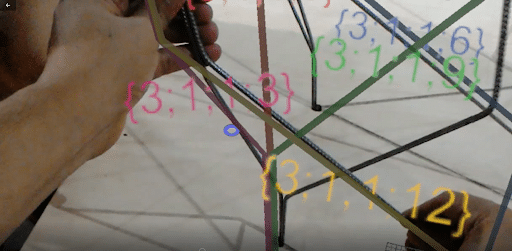
Credits: HoloFab by Ardeshir Talaei, Daniil Koshelyuk & Armin Akbari, 2018
Learning Objectives
At course completion the student will:
- Understand types of MR technologies, and limitations and learn appropriate use cases;
- Be able to prototype ideas with the mentioned technologies;
- Define the niche interaction the project requires and develop custom UX flow, translating project ideas into tangible applications;
- Shift from the mindset of finding the tools to developing the tools to fit their goal.







